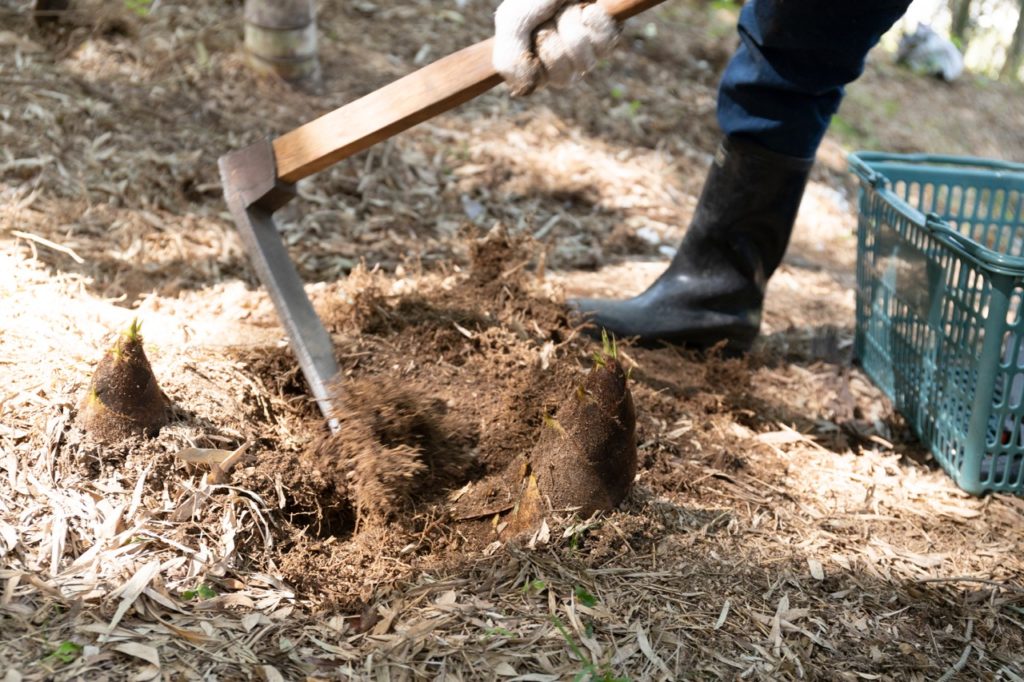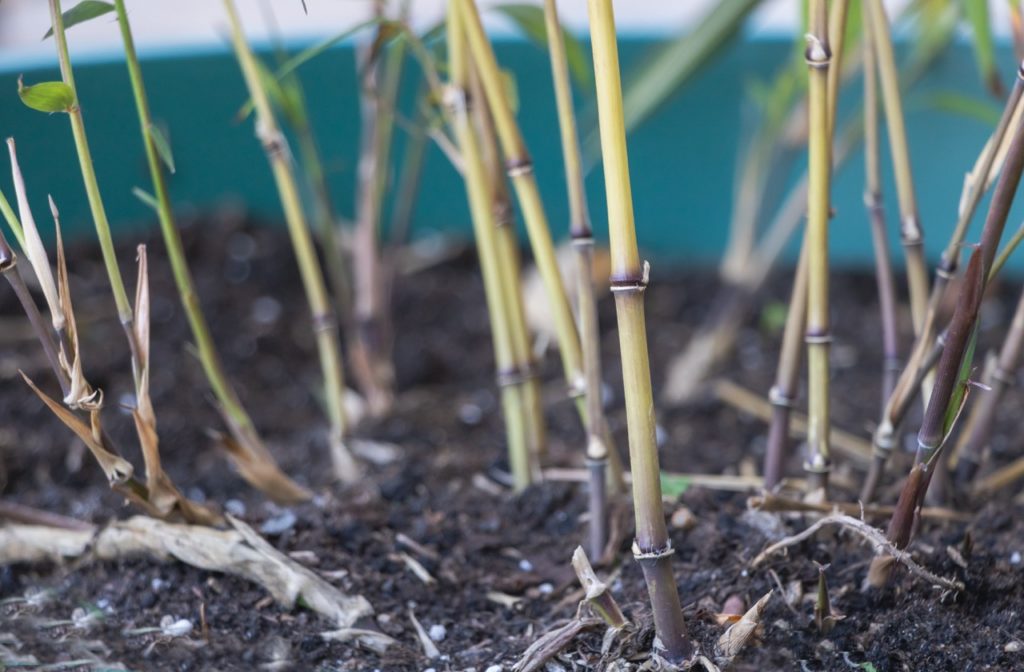Why Root Barriers Are The Perfect Way To Stop Invasive Bamboo In Its Tracks

PERENNIALS > BAMBOO > ROOT-BARRIERS
Reviewed By COLIN SKELLY

Colin is a Horticulturist and Horticultural Consultant with experience in a range of practical and managerial roles across heritage, commercial and public horticulture. He holds the Royal Horticultural Society’s Master of Horticulture award and has a particular interest in horticultural ecology and naturalistic planting for habitat and climate resilience.
Contributions From KERRI DALL
IN THIS GUIDE
BAMBOO GUIDES
Container Growing
Division
Overwintering
Pruning
Removal
Root Barriers
Sowing
Varieties
On the surface of things, bamboo is a highly attractive and exotic addition to your outdoor display, offering privacy as screening or intrigue as an ornamental feature.
Below ground, however, bamboo could be cooking up a diabolical plan to take over your garden!
The fast-growing tendencies which make it such a hit with amateur horticulturalists all over the country can also be their undoing.
Worse still, once an invasive bamboo species has been allowed to develop to this point, it’s very tricky to bring it back under control.
Commercial herbicides are generally not strong enough to break through the rhizomes of running bamboo and digging the whole plant up can be back-breaking and time-consuming.

“Ideally you want to only choose a clumping variety and allow sufficient space around the plant to grow into, around 1-1.5m”, advises Kerri Dall from Scottish Bamboo.
“If you opt to plant a bamboo with a spreading rhizome, you should always plant with a rhizome barrier in place or grow your bamboo in a raised bed or a large, sturdy pot”.
With that in mind, preventing the bamboo from spreading in the first place is the most preferable course of action.
Thankfully, as Kerri mentions, the use of barriers is a surefire way to stop this plant in its tracks – and all it requires is a little bit of forethought and elbow grease to keep your plant in check.
Here’s what must be done:
- Select an appropriate barrier.
- Dig a trench around your bamboo plants.
- Install the barrier at an angle.
- Seal the ends of the barrier.
- Maintain your bamboo plant.
For those concerned about a bamboo invasion in their back garden, here’s a closer look at those steps in more detail:
| Difficulty | Medium |
| Equipment Required | Spade, root barrier membrane, wooden stakes, gaffer tape, soil, sharp knife |
1) Select An Appropriate Barrier
In effect, a bamboo root barrier simply acts as a physical wall that the rhizomes cannot penetrate.
As such, any durable but pliable material is fit for the job.
There are plenty of specialist products available at garden centres or on the internet which are guaranteed to keep your plant in check.
Alternatively, you could use a homemade solution, but if you decide to do so, make sure that the plastic or other material you use is at least 1mm thick, 60cm wide and strong enough to prevent the rhizome from breaking through it.
2) Dig A Trench
“Digging a trench around the planting hole so that the rhizomes can be clipped annually when they reach the trench is another way to maintain spreading bamboo” shares Kerri.
Using a spade, dig a trench around the area in which you wish to confine your bamboo plants.
Base the depth of the trench on the width of the barrier you plant to use.

The majority of the barrier should remain underground, with only around 6cm or 7cm protruding above the surface of the soil.
For example, if you are using a barrier that is 60cm wide, dig a trench that is just over 50cm in depth.
3) Install The Barrier
Position the barrier within the hole, angling it so that it is at a slight slant, projecting away from the bamboo plants.
This is so that when the rhizomes come into contact with its surface, they will be encouraged to grow upwards rather than horizontally.
This can be tricky to manage, especially at the corners, but you may find enlisting the assistance of someone else or using stakes to keep the membrane in place while you work is helpful.
4) Seal The Ends
Make sure that there are generous overlaps of the barrier (at least 50cm) at its joins to ensure there is no way for the rhizomes to squeeze through.

Seal these connections using gaffer tape or another strong adhesive.
Pack soil tightly around the barrier to increase its stability and make sure it can’t be blown out of position by the wind or knocked over.
5) Aftercare
When the rhizomes reach the barrier, they will now surge upwards and break through the surface of the soil in foliated form.
These will need to be trimmed back to keep your plant in check and looking at its best.
“I have used a range of bamboo barriers and they work for 95% of the time,” says Master Horticulturist Colin Skelly.

“However, there always seems to be one rhizome that finds a way through though, so you have to act quickly to cut this back to within the barrier.
“I have known running bamboo to pierce through tarmac, so early intervention is advised!”
Autumn is a great time to perform any maintenance which might be necessary.
Check for rhizomes that are attempting to scale the barrier and cut them back as needed.


